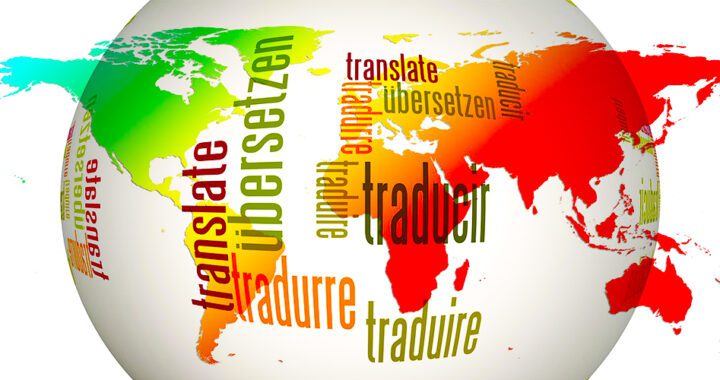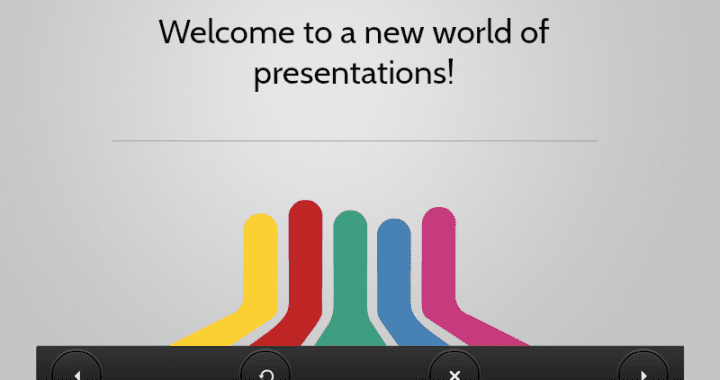Transforming Into Rich Text Format

Rich Text Format (RTF) is a widely-used document format that allows for easy formatting of text, images, and other elements. Converting your content into RTF can make it more versatile and professional-looking, especially if you plan to share it with others or publish it online.
How to Convert Your Content to RTF
There are several ways to convert your content into RTF:
Using a Word Processor
Most word processors, like Microsoft Word or Google Docs, have the option to save your document as an RTF file. Simply click “Save As” and select “Rich Text Format” from the file format options.
Using an Online Converter

There are many free online converters that can transform your content into RTF. Simply upload your file and select the RTF format as the output.
Using a Conversion Software
If you frequently work with RTF files or need to convert large volumes of content, you may want to invest in a conversion software. These programs can automate the process and often offer additional features like batch conversion and customizable formatting options.
Benefits of Using RTF
Some of the benefits of using RTF for your content include:
Formatting Flexibility
RTF allows for easy formatting of text, images, and other elements. You can customize font styles, sizes, colors, and more, making your content more visually appealing and professional-looking.
Compatibility

RTF files can be opened and edited by most word processors and other applications, making it a versatile format for sharing and collaborating on documents.
Accessibility

Many assistive technology devices and software programs can read and interpret RTF files, making them a good choice for creating accessible documents.
Overall, transforming your content into rich text format can make it more professional-looking, versatile, and accessible. Consider converting your documents to RTF to take advantage of these benefits.

 Translate English to Albanian Review
Translate English to Albanian Review  The Jackbox Party Pack 4: A Must-Have Game for Parties and Gatherings
The Jackbox Party Pack 4: A Must-Have Game for Parties and Gatherings  Simple Presentations with PowerPoint, KeyNote, Google Slides
Simple Presentations with PowerPoint, KeyNote, Google Slides  Review of Sumanth Raghavendra Deck of Presentations
Review of Sumanth Raghavendra Deck of Presentations  DoggCatcher LLC Podcast Player Review
DoggCatcher LLC Podcast Player Review  Metal Gear Solid Ringtone Review: A Must-Have Alert for Fans
Metal Gear Solid Ringtone Review: A Must-Have Alert for Fans  Elevate Your Baking with the Stylish and Powerful Drew Barrymore 5.3-Quart Stand Mixer
Elevate Your Baking with the Stylish and Powerful Drew Barrymore 5.3-Quart Stand Mixer  Review of the Sterilizer Charging Wireless Certified Sanitizer
Review of the Sterilizer Charging Wireless Certified Sanitizer  DESTEK VR Controller Review
DESTEK VR Controller Review